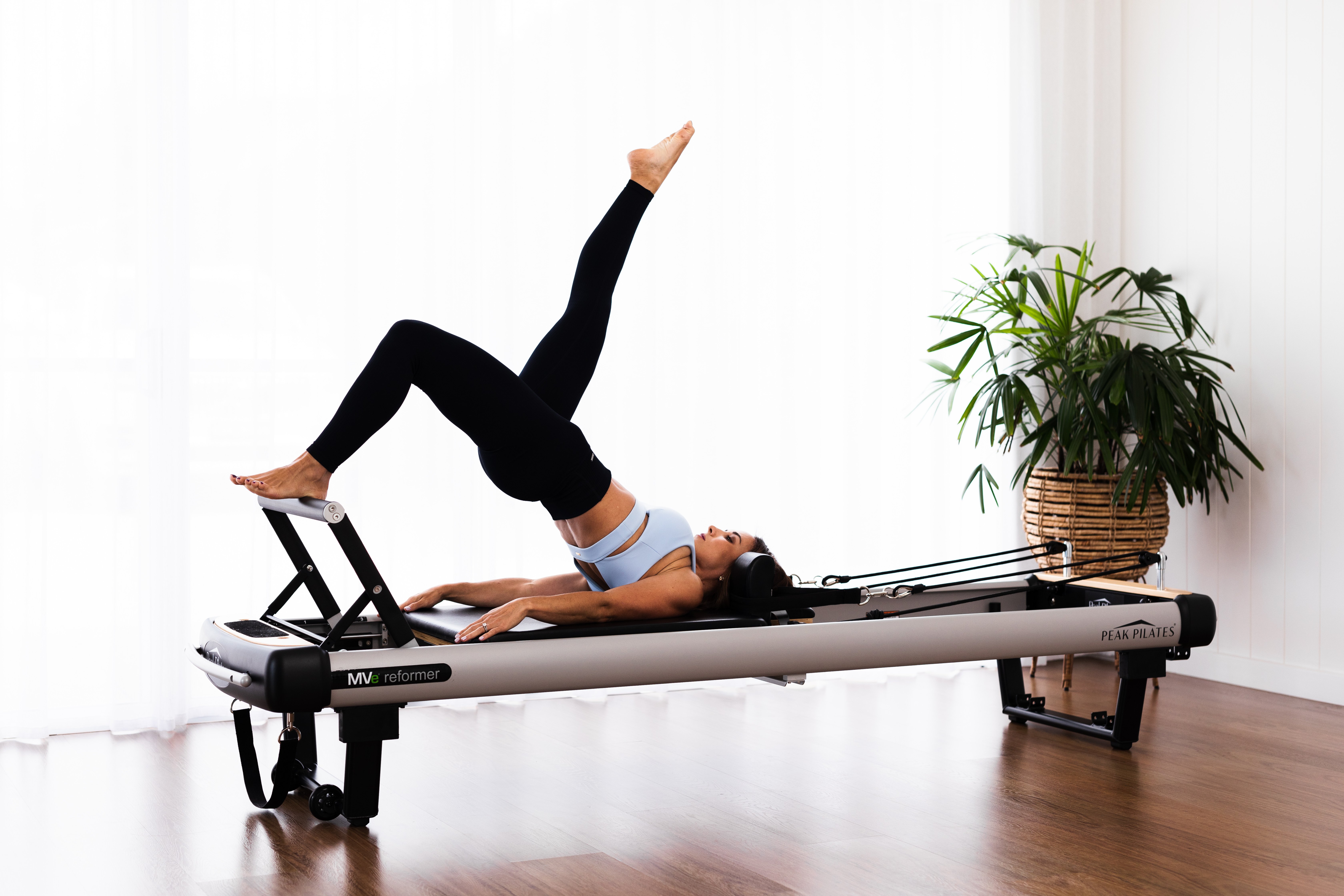Registration successful
Challenge Prep & Setting Up for Success
Tailor Your Approach in Two Simple Steps









.png?width=1772&height=591&name=Available%20On%20%20(2).png)


Starts March 10th
00
days
00
hours
00
minutes
00
seconds
Customize your journey in two simple steps to ensure you are primed for success.
Step 1: Personalize Your Approach
Calculate your Resting Metabolism, Calorie Intake Targets and Aerobic Training Zones.
Introduction
The combination of our expert team and partner integrations with Apple HealthKit and My Fitness Pal, bring an exciting ability to tailor your movement and nutritional approach to completely align with your goals.
We love the science and factor it in to every class, every workout and every recipe. We know this stuff so you don't have to, so if you find the science a little dry and boring, please skip ahead to the Challenge Calculator and know that we've got you covered.
Tailoring Your Nutritional Approach
We see it as our responsibility to make sure your individual nutritional needs are met. While your membership includes access to hundreds of delicious, Dietitian-approved recipes and seasonal meal plans with the ability to search and filter by dietary requirement, meal type, macronutrient type, and cooking method, it is important to note that everyone is unique. Everyone has different nutritional needs, weight loss, and health goals, and as such, blanket recommendations are unlikely to work for all people.
Considering your specific energy needs helps us provide you with precise nutritional guidance. We utilize the Harris-Benedict equation to provide a fairly accurate understanding of your daily calorie needs and tailor your personalized your nutrition plan.
The Challenge Calculator below will help you understand your basal metabolic rate (BMR), and Daily Calorie Targets to both Maintain Weight and Lose Fat.
As a starting point, Challenge Meal Plans hover around 1500 calories per day, giving you a solid foundation for healthy eating without weighing down your day. Every recipe in your plan boasts a handy barcode for effortless tracking in My Fitness Pal, providing the opportunity to adapt portion sizes to hone in on your Calorie Target. Simply scan and conquer!
If numbers aren't your jam, don't sweat it! We'll also equip you with simple portioning tips and tricks, guiding you to balanced plates without the need for logging your food intake.
Optimizing Training Results
Prolonged low-intensity exercises have long been used to improve cardiovascular fitness. However, more recently trainers and athletes have taken a more scientific approach to accurately determine the most effective way to improve performance. After several studies, sports scientists were able to pinpoint five different heart rate zones that produced optimal training results. This discovery has later been widely adopted by athletes and recreational sportspeople alike.
In simple terms, heart rate training consists of using your heart rate to determine your exercise intensity. Because different training intensities have different physiological responses, each zone can be used according to your fitness goals.
The Basics of Heart Rate Training Zones
Your exercise capacity is directly related to your ability to turn nutrients into adenosine triphosphate (ATP) – the energy currency of your body. Most ATP is produced aerobically (with oxygen), although your body switches to anaerobic (without oxygen) respiration as the training intensifies. At low to moderate intensities, ATP is mostly produced from carbohydrates (stored as glycogen in skeletal muscles and liver) and fats (stored in the adipose tissue). At higher intensities, fats cannot be synthesized fast enough and carbohydrates become the predominate energy substrate. Additionally, when oxygen demand surpasses oxygen delivery, the body must turn to anaerobic respiration, producing lactate.
Exercise intensity also has an effect on which muscle fiber type is recruited. Slow-twitch fibers (type I) are recruited at lower intensities whereas fast-twitch fibers (type II) activate as the exercise intensity increases. Because type I fibers have a higher mitochondrial density, they are able to better utilize fat for fuel. Type II fibers have a higher capacity to use glucose as an energy source. Thus, each exercise intensity has a different metabolic response that dictates which energy system and energy sources are used, as well as which muscle fibers are utilized.
Between your resting heart rate and maximum heart rate, are five target heart rate zones that correspond to a certain training intensity. In order to determine the optimal heart rate zones for yourself, you must first calculate your own maximum heart rate. There are several ways to do this, but a simple yet accurate method is using the age-based formula by Tanaka et al. which is included for you in the Challenge Calculator.
Understanding Your Heart Rate Zones
There are five (5) Heart Rates Zones, (1 is the least intense & 5 is the most intense) with each zone offering different physiological adaptations.
The PILATES BODY Challenge is structured to include Zone recommendations and targets in every Pilates class and cardio session, ensuring you're building muscular endurance, burning fat, and boosting your VO2 max.
Zone 1
Zone 1 refers to a target heart rate of 50-60%. As such, it is considered a light exercise that can be comfortably maintained for nearly as long as you like. Due to its low intensity, it will not provide you with the same cardiorespiratory benefits as slightly higher intensity exercises. In most situations, exercises in heart rate zone 1 are used for recovery purposes.
Zone 2
Although all target heart rate zones are needed in a well-balanced training block, Zone 2 should form the core of your overall training program. This refers to a training intensity of 60-70% of your maximum heart rate, which is essential for building a solid base level of fitness to improve upon.
Following multiple studies, trainers and athletes often spend 60-75% of all training time in Zone 2 depending on their sport. This is especially important for endurance athletes, who should incorporate three to four Zone 2 training days per week during preseason. The closer you get to competitive season, the more you should move from high volume training to more high-intensity training. Similar results have been found in numerous different sports.
Training at Zone 2 specifically focuses on utilizing slow-twitch muscle fibers, which stimulates mitochondrial growth and function. Increased mitochondrial content helps your body use fat as a fuel source during longer activities. Increased fat oxidation preserves your muscle’s glycogen stores which can provide a significant performance advantage especially in longer endurance events. After all, the leftover glycogen can be used for your last sprint at the end of a race.
Type I fibers are also responsible for clearing lactate, which are mainly produced by type II with poor oxidative capacity. To prevent a dangerous accumulation of acidity in the muscle, lactate must be delivered to well-oxygenated type I muscle fibers. There, lactate can be transported to the mitochondria where it is used to produce more ATP.
Zone 3
Heart Rate Zone 3 is performed at a moderate intensity of 70-80% of your maximum heart rate, which can also be seen as a slight increase in blood lactate. Because of this, Zone 3 is considered too hard for recovery or building an aerobic base, while also not hard enough to improve lactate tolerance or speed endurance. In fact, there is little benefit from training in heart rate zone 3 when compared to the increased aerobic capacity and fatty acid utilization of Zone 2 or the VO2max and lactate threshold improvements of Zones 4 and 5. This is why heart rate Zone 3 is sometimes called the ”grey zone”.
A common mistake for recreational athletes is to consistently train in Zone 3. There are numerous reasons for this. For example, trying to consistently run at your ”average pace” or trying to get the most out of your training when time is of the essence. The best advice we can give is to clearly divide your 'easy' and 'hard' days.
Zone 4
Heart Rate Zone 4 refers to training at 80-90% of your maximal heart rate, also known as your anaerobic threshold or “threshold pace”. At this intensity, most of the energy is produced anaerobically (without oxygen) from glucose, which also produces lactate at a faster rate than it can be removed. This leads to shortness of breath, a burning sensation in the muscles, and fatigue.
Consistent training in Zone 4 improves your anaerobic capacity (the total amount of energy produced from the anaerobic energy systems) lactate threshold, lactate tolerance, and maximal oxygen uptake (VO₂max). Essentially this means that you are able to produce ATP with oxygen at higher intensities and maintain performance for longer in high-lactate situations. This is especially useful in medium-distance events that rely heavily on speed endurance.
Zone 5
Heart Rate Zone 5 refers to all-out efforts at 90-100% of your maximum heart rate. Because of this, most people are only able to maintain this intensity for less than a minute. This makes it suitable for only a few different sports, such as a 100m or 400m sprints.
Zone 5 relies on two energy systems to produce ATP; the ATP-phosphocreatine system (ATP-PC) and anaerobic glycolysis. The ATP-PC system uses stored ATP and creatine phosphate for immediate energy production. However, these stores are fully used up in as little as 10-30 seconds. After this, anaerobic glycolysis starts taking over as the main energy system.
These training sessions are often reserved for athletes and very fit individuals who want to improve their speed or speed endurance in quick, very intense bursts of exercise. High-intensity interval training (HIIT) is one example of this type of exercise.
Step 2: Ensure Your Membership is Active
Not a member? Start Your FREE Trail!
Unlimited access to the entire Pilates Project experience through the member portal online or via the Phone & TV Apps. No charge until the trial ends. Cancel any time or continue your membership from $0.71 per day.
MONTHLY
$29
Billed Monthly
Unlimited Access to Live & On-Demand Classes
Expert Instruction from World-Class Instructors
Structured Weekly Training Schedules
Challenges & Programs to Keep You Accountable
Apple HealthKit Integration to Track Your Progress
Meditation & Breathwork Sessions
Seasonal Meal Plans & Shopping Lists
500+ in-App, Dietitian-Approved Recipes
NEW Classes & Content Weekly
Available on iPhone, Android, Samsung TV, Roku, Amazon Fire TV, Apple TV, Android TV & Apple Watch
BEST VALUE (SAVE 25%)
YEARLY
$21.58
Per Month, Billed Yearly
Unlimited Access to Live & On-Demand Classes
Expert Instruction from World-Class Instructors
Structured Weekly Training Schedules
Challenges & Programs to Keep You Accountable
Apple HealthKit Integration to Track Your Progress
Meditation & Breathwork Sessions
Seasonal Meal Plans & Shopping Lists
500+ in-App, Dietitian-Approved Recipes
NEW Classes & Content Weekly
Available on iPhone, Android, Samsung TV, Roku, Amazon Fire TV, Apple TV, Android TV & Apple Watch
CHALLENGE FAQS
Everything you need to know about the 21-Day Pilates Body Challenge
21-DAY CHALLENGE
-
How do I join?
The Pilates Body Challenge is available to all Pilates Project members, launching in-App on March 10th. Monthly and Yearly subscriptions available – find the plan that’s right for you.
Not a member yet? Start your 7-Day Free Trial
In addition, you need to complete the Challenge Registration Form to receive the Challenge email communications and bonus content.
-
What does this Challenge involve?
- 21-day calendar of daily workouts to help you move with confidence and achieve real results.
- Reformer & Mat Pilates calendars to choose your focus and achieve real results.
- 21-day seasonal meal plan, comprised of healthy, delicious recipes and convenient shopping lists.
- Personalized calorie and exercise intensity planning to suit your goals.
- Ongoing guidance from our expert team to support your personal goals.
We recommend embarking on this challenge in conjunction with the 21-Day Sculpt & Sweat meal plan to optimize your results. The meal plan is a designed as a guide, to recommend balanced and healthy recipes with a focus seasonal, quality wholefoods. Please customize the meal plan using the provided tools to meet your nutritional and dietary requirements or scan the recipe barcode in My Fitness Pal to track your calorie intake and macros.
-
What will I receive?
- 21-day workout calendar. This challenge is suitable for Beginners to Advanced with the opportunity to choose between a Reformer or Mat Pilates focus.
- 21-day meal plan and weekly shopping list, to take the hassle out of eating well.
- Ongoing support and guidance from our team of expert instructors, dietitians and chefs.
- Access to our global community in the in-App Community.
- Unrestricted access to the iPhone, Android and Apple Watch apps.
-
Is the challenge suitable for me?
This 21-day challenge is suitable for all fitness levels with modifications, regressions and progressions available during every class.
-
What equipment will I need?
The Mat Pilates option will feature the following equipment:
- Hand Weights 2kg / 4 lb & 5kg / 11lb
- Wrist/Ankle Weights
- Pilates Ball
- Pilates Ring
- Booty Band
- Box or Step
- Sliders
- Foam Roller
- Massage Ball / Tennis Ball / Golf Ball
The Reformer option will feature:
- Reformer
- Short/Long Box
- Pilates Ring
- Hand Weights 3kg / 6lb & 6kg / 13lb
- Wrist/Ankle Weights
- Pilates Ball
- Yoga Block
- Booty Band
You can still participate in the Challenge if you don't have all of the equipment.
-
Can I start & finish the challenge at a later date?
We recommend starting Challenges on the official start date to benefit from the power of the wider Pilates Project community. Classes and recipes will always be available in-App as part of the On-Demand Library, enabling you to commence and finish at a later date.
MEMBERSHIP & BILLING
-
What else does my membership include?
- Unlimited access to hundreds of on-demand classes
- Expert instruction from World-Class Instructors
- Structured Weekly Training Schedules
- Expert Instruction from World-Class Instructors
- Challenges & Mini Programs to Keep You Accountable
- Curated Beginner, Prenatal and Post Natal Programs
- Seasonal Meal Plans & Shopping Lists
- 500+ in-App, Dietitian Approved Recipes
- Apple HealthKit integration and fitness tracking
- Access to our in-App global community
- NEW Classes & Content Weekly
- iOS, Android & Apple Watch Apps
- Exclusive member invites and discounts
Download our FREE app on the App Store or Google Play to unlock exclusive app features and access all your favourite workouts, challenges, recipes and meal plans in one convenient place.
-
Does my subscription automatically renew?
Yes, the billing cycle is monthly from your first payment date, or yearly if you are on an annual plan.
-
Can I cancel at any time?
Yes, you can cancel your membership at any time. There are no hidden fees and you'll continue to have access until the end of the current billing cycle.
-
How do I cancel my membership?
You can update your membership including changing subscription, updating payment information and cancelling membership by clicking Profile > Purchases

%20(1000%20%C3%97%20300px)%20(3).png?width=1000&height=300&name=Pilates%20Project%20(2500%20%C3%97%20750px)%20(1000%20%C3%97%20300px)%20(3).png)